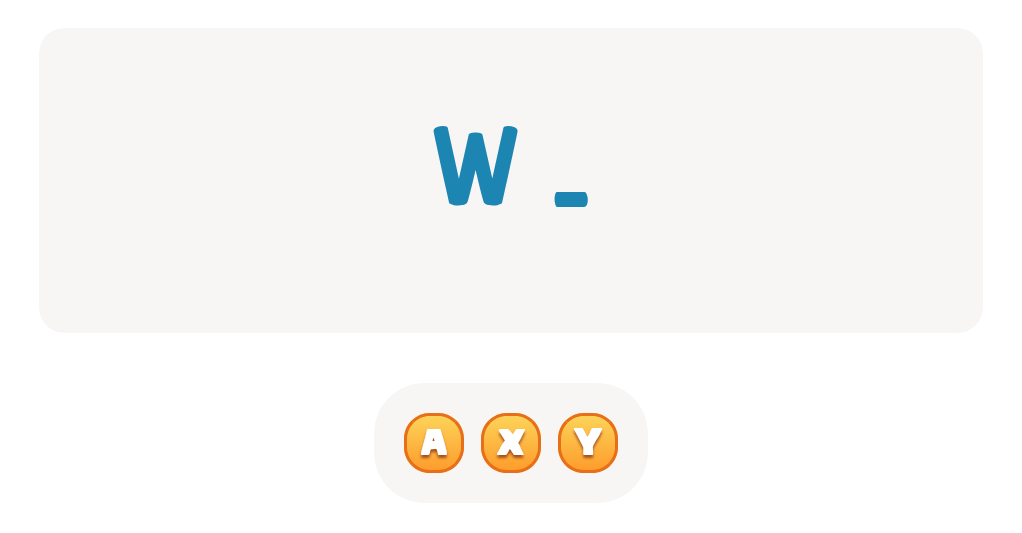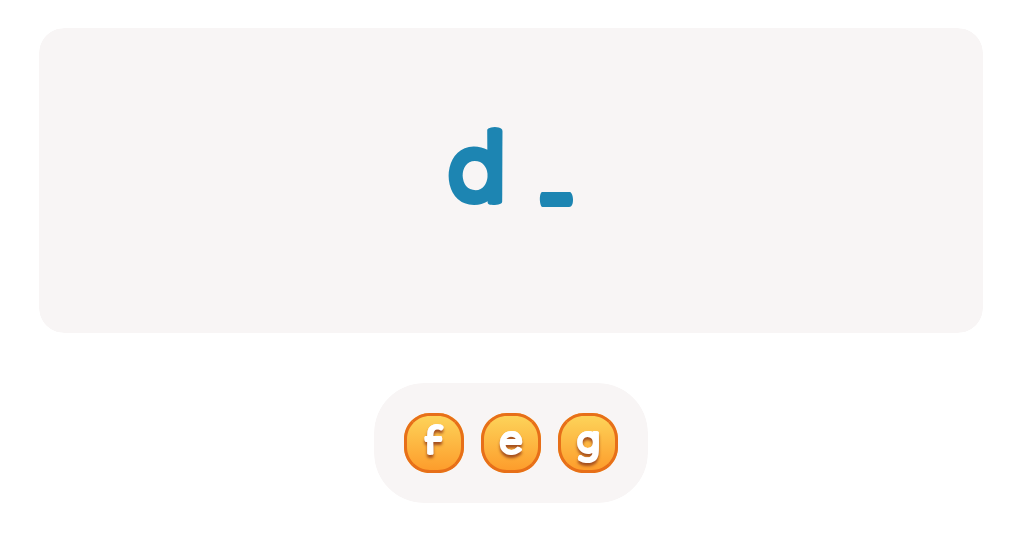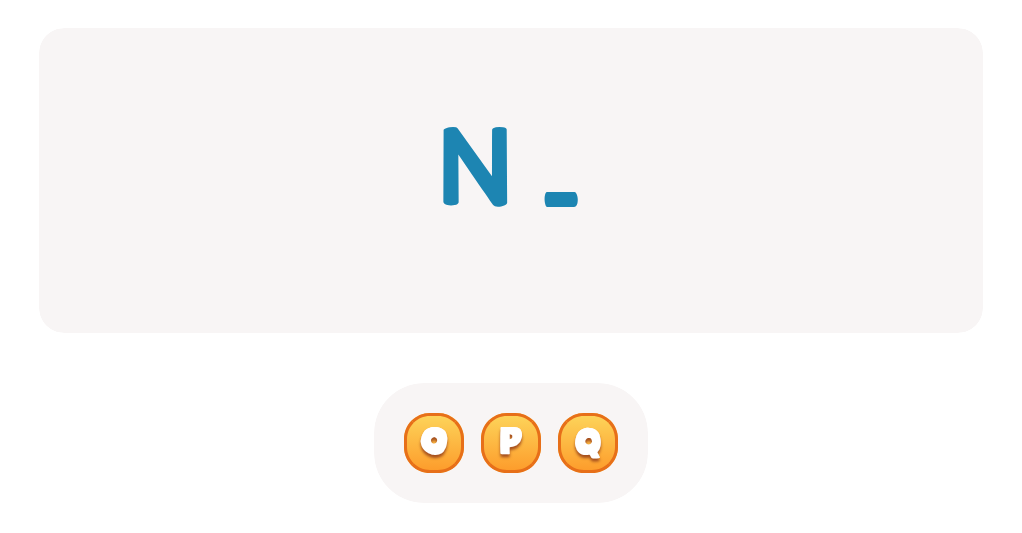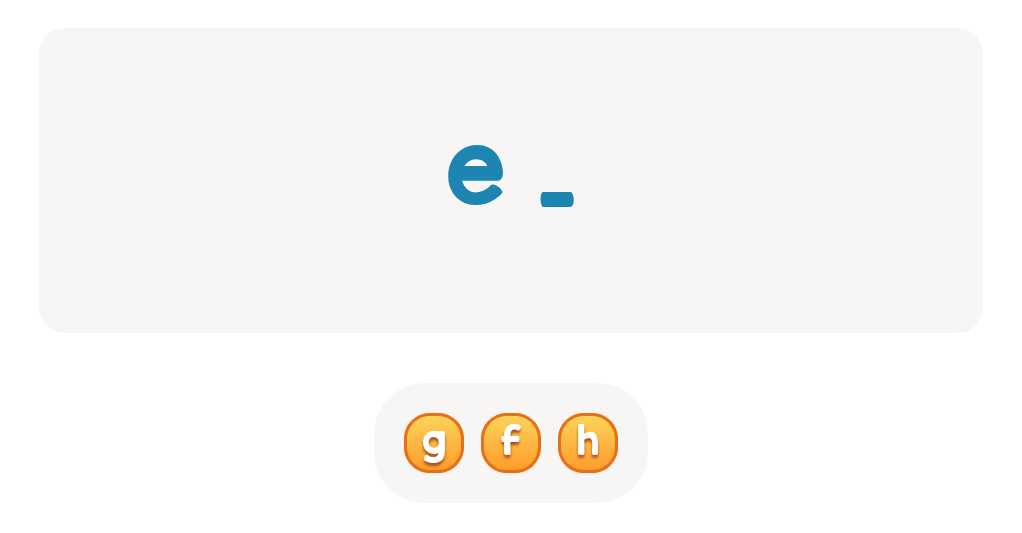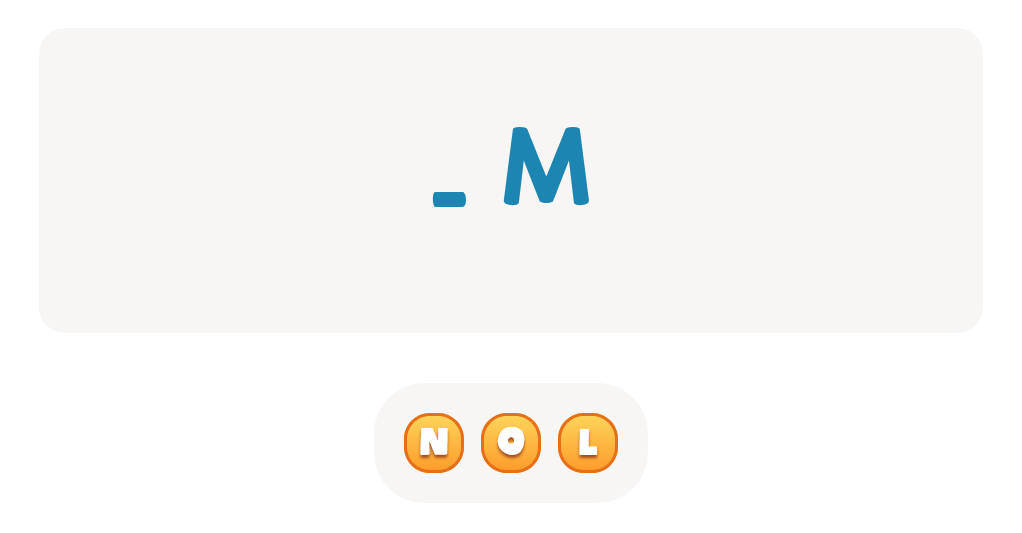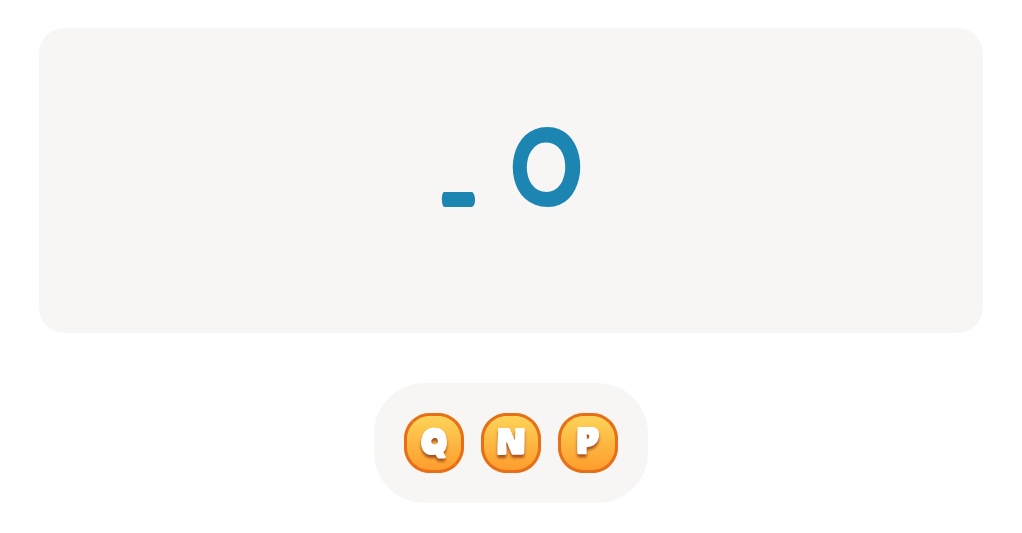Motor skills development Normal ABC Letters Worksheets for 4-Year-Olds
3 filtered results
-
From - To
Enhance your child's motor skills with our engaging Normal ABC Letters Worksheets, specifically designed for 4-year-olds. These worksheets provide a fun and effective way to practice writing upper and lowercase letters, improving fine motor control and hand-eye coordination. Each activity combines learning the alphabet with creative tasks that keep young learners motivated and excited. By integrating play with education, these worksheets encourage early literacy while developing essential motor skills. Perfect for use at home or in preschool settings, our worksheets are a valuable resource for parents and educators seeking to foster growth in young learners. Download yours today and inspire writing success!


Letter H Tracing Page
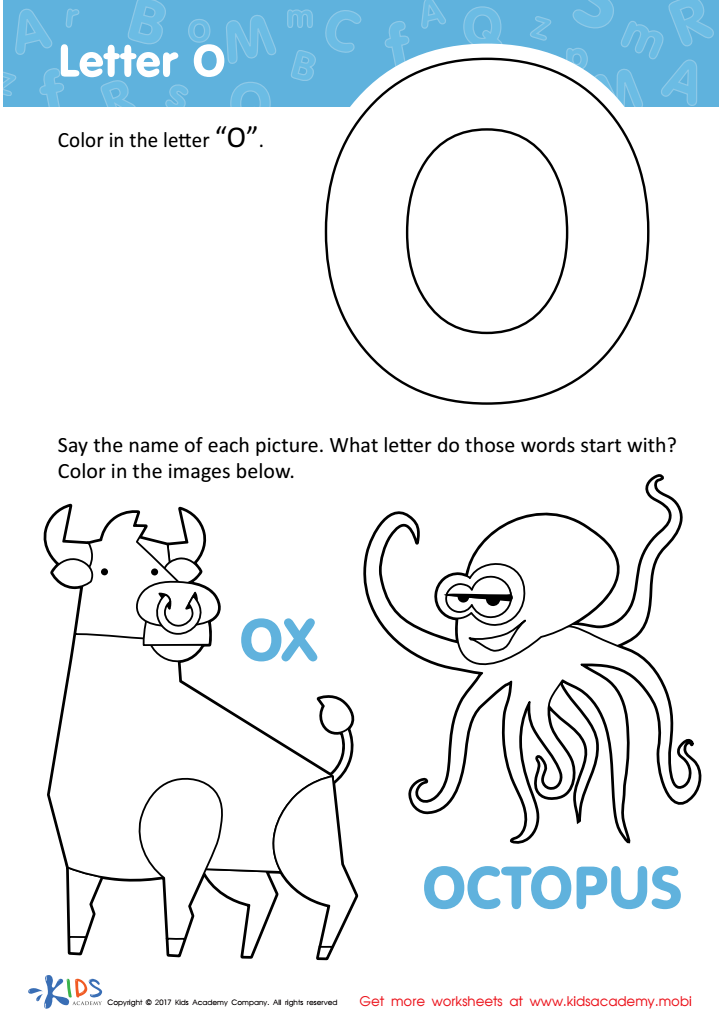

Letter O Coloring Sheet
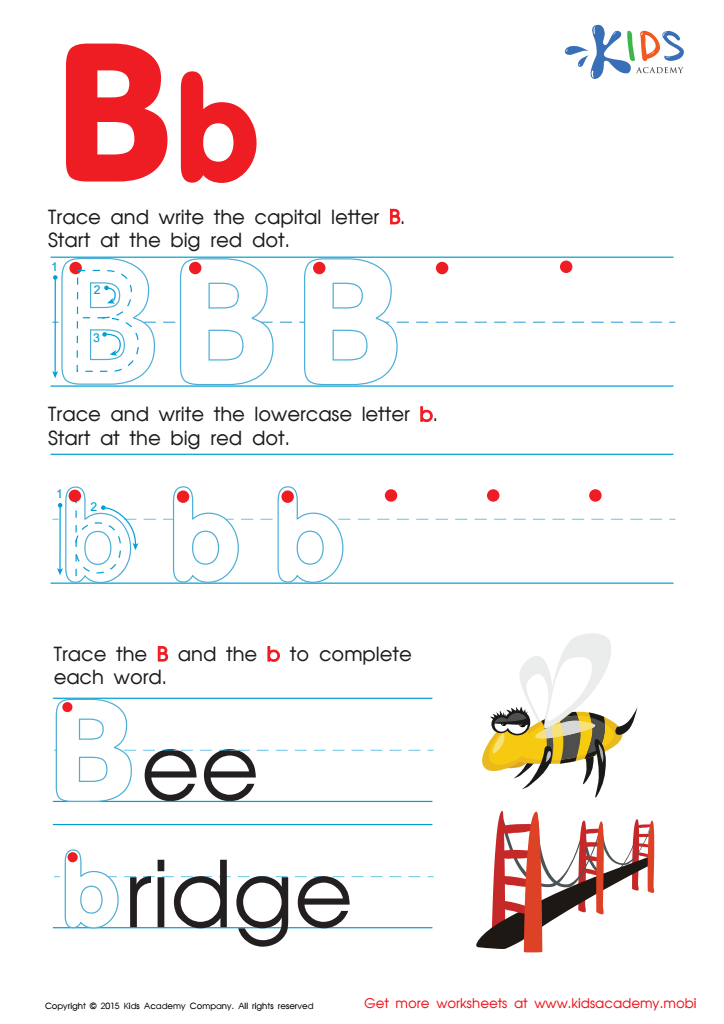

Letter B Tracing Page
Motor skills development, specifically in terms of identifying and manipulating letters, is essential for 4-year-olds as it lays the groundwork for their literacy skills. This period is crucial for refining both fine motor skills and hand-eye coordination. When children practice activities like writing, drawing, or tracing letters, they are not only learning how to form the letters of the alphabet but also developing the muscle control needed for future writing tasks.
Parents and teachers should care about this aspect of development because strong motor skills directly correlate with academic readiness. Children who struggle with fine motor skills may experience difficulty in education settings, leading to challenges in reading and writing later on. Furthermore, engaging children in motor skills activities fosters confidence and independence, encouraging a lifelong love for learning.
Additionally, this developmental stage is an opportunity for parents and teachers to interact with children, making learning enjoyable through games and creative activities that promote letter recognition. Ultimately, investing time in enhancing motor skills at this age contributes to a solid foundation for future educational success, setting children on a path to positive outcomes in both literacy and overall development.
 Assign to My Students
Assign to My Students

